SUMMARY
This is AI generated summarization, which may have errors. For context, always refer to the full article.
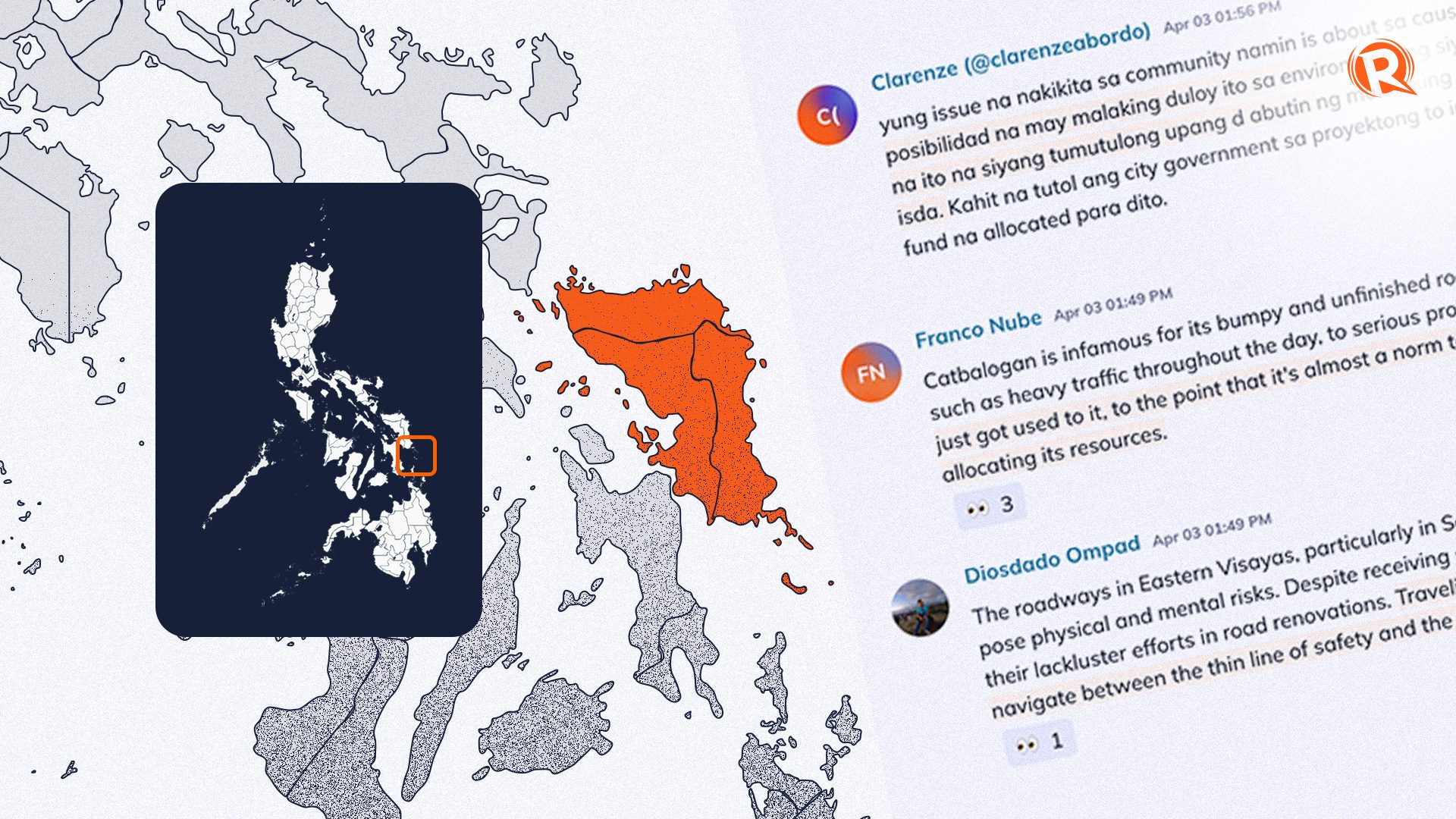
LEYTE, Philippines — At the Regional Tertiary School Press Conference (RTSPC-8) held from April 3 to 6 at the Visayas State University (VSU) in Baybay City, student journalists from 29 different colleges and universities were asked what key issues and concerns in Eastern Visayas require urgent government response and media attention.
The students went on the Rappler Communities app to weigh in, sending their responses to the #FactsFirstPH chat room. Some of the responses were read out during the program by Rappler head of community Pia Ranada who moderated a workshop on how Rappler uses AI to build communities and crowdsource insights from the public. The workshop was held on April 3, the first day of the summit.
What were the pressing issues of Eastern Visayas, according to the students? Here is a summary.
Rutted roads lead to inconvenient and unsafe travels
Traversing bumpy roads is just another run-of-the-mill occurrence for the residents of Samar.
From the municipality of Lope De Vega in the north, the capital of Catbalogan in the west, and the major road network of the Daang Maharlika Highway (or the Pan-Philippine Highway) linking Samar to Luzon and Mindanao, these freeways have become the subject of public clamor for years.
In the #FactsFirstPH chat room, student journalist Diosdado Ompad had this to say about the roads in Samar.

Lorraine C., on the other hand, said that the journey through the main roads of Samar feels like a “roller coaster ride,” acknowledging the possibility of vehicular accidents.
When Super Typhoon Yolanda (Haiyan) hit the areas of Leyte and Eastern Samar in 2013, the ruined conditions of all routes made it difficult for people past its borders to access the calamity-stricken provinces. Since then, recovery goals have been slow in progress, with the onslaught of rainstorms in the following years only aggravating the delay. Reports of poor project handling had also led citizens to pin the mismanagement to the higher-ups.
In Catbalogan, the locals are left with no choice but to endure its rough roads, reported Franco Nube.

For Florentino Mainit, the roads in Samar only ever get a “temporary fix” by dumping sand on them. They added that the Department of Public Works and Highways (DPWH) seem to not take notice of the road problem.
In this Inquirer.net article in 2022, House Minority Leader Marcelio Libanan slammed DPWH over its inaction for the Maharlika Highway.
The following year, DPWH’s Eastern Visayas Director Edgar Tabacon said in a Philippine News Agency report that their budget had a “big reduction of funds for road maintenance” since 2020, limiting its capacity to carry out necessary measures for the roads in Samar.
In April, a project for a damaged road in the 2nd congressional district of Samar only received a budget of P18.35 million—a far cry from the district’s P100 million maintenance fund it had before 2020.
According to another Inquirer.net article, the national government launched another rehabilitation project for the Maharlika Highway. With a budget of at least P8 billion, the plan included road repair and bridge widening among others. DPWH sees no starting date for it just yet, but hopes to finish it before the end of President Ferdinand Marcos Jr.’s term in 2028.
Environmental threats
Among the environmental issues reported were the mining operations in Homonhon Island in Eastern Samar and the halted Cancabato Bay causeway project in Tacloban City, Leyte.
The island of Homonhon, on the east side of the Leyte Gulf, holds historical significance as the first landing site of the Portuguese explorer Ferdinand Magellan in 1521. For decades, its mountains have been mined for nickel and chromite, with operations currently led by four corporations: Techiron Resources Inc., Emir Mineral Resources Corp., Global Min-net Resources Inc., and King Resources Mining.
In a 2021 report by the Philippine Center of Investigative Journalism (PCIJ), Techiron and Emir were issued a closure order in February 2017 by the late Secretary of the Department of Environment and Natural Resources (DENR) Gina Lopez, citing environmental violations in an extensive audit covering 26 other mining firms across the country.
But after staunch opposition by miners and the Commission on Appointments’ rejection of Lopez as Secretary in May 2017, several of the affected mining firms have resumed operations.
As per reports from PinoyWeekly and Rappler, environmental advocates and parish groups have been opposing the mining for years. For them, the operations have drastically lowered the quality of life in the area, affecting the residents’ drinking supply, health, and farming and fishing livelihoods.
Mayor Annaliza Gonzales-Kwan of the municipality of Guiuan, of which Homonhon is a part of, nevertheless supports the operations—in an Inquirer.net article, Gonzales-Kwan emphasized that the mining brought employment to 2,300 residents.
Meanwhile, in Tacloban City, locals and advocates remain wary amid the DPWH’s halted P3.46 billion-causeway project over Cancabato Bay.
In 2023, Tacloban’s city council had passed a resolution to put the project on hold, citing lack of environmental studies by the DPWH on the impacts of reclaiming a protected mariculture zone.
The proposed four-lane, 2.56-kilometer project alleges ease-of-access from the Daniel Z. Romualdez Airport to the city center, as well as protection from storm surges.
But environmentalist Roque Regis of Barangay 83 (“Paraiso”) said that the mangroves surrounding their area already protect them from storm surges, including the 2013 supertyphoon Yolanda, which the causeway would threaten to destroy.
Student journalist Clarenze also emphasized that Cancabato Bay is a “breeding ground” for fish. Should the causeway be built, roughly half of the registered 3,649 fisherfolk would have their livelihoods affected.

Tying Homonhon and Cancabato together, student Mark Phel Trota said that these sites are “exploited for [the] self-interest of the people in power,” lamenting how profits are prioritized over environmental repercussions.
Spikes in political killings, rising cases of suicide
Behind the political climate in Eastern Visayas lies a trail of blood with no seeming end.
In the 3rd district of Leyte alone, locals have voiced out concern and apprehension over the violence that ensued in February this year.
The latest, as per a Philstar.com report, was the slaying of three barangay officials in Barangay Daja Diot: chairman Elizalde Tabon, watchman Rusty Salazar, and councilor Paulo Al Mindero, all found dead on the spot.
The Leyte Samar Daily Express reported that on top of four attacks against village officials that same month, alarmed mayors in the third district reinforced their police forces in their respective towns.
Student journalist Jerry Yubal, who cited Inquirer.net’s article on the December 2022 ambush killing of Juanita Veloso, sister of San Isidro’s municipal mayor Remedio Veloso, expressed fear over the upcoming Barangay and Sangguniang Kabataan (BSKE) elections.
“Since we will have another election this 2025, I fear that the political conflict in the district might become more bloody,” he said on the Rappler app.
Some of the student journalists also touched upon the suicide cases among teenagers in Leyte.
Gem cited a suicide case from the town of Isabel. Username Yanxi_26, who had the same concern also highlighted the crucial role of journalists in shedding light on this issue.


Several other concerns were addressed in the open forum: inadequate funding and support for education and health services, incompetent and abusive public servants, election-related injustices, disinformation campaigns, animal cruelty, and LGBTIAQ+ discrimination.
With past local coverage efforts met with red-tagging and arrests, the student journalists of Eastern Visayas call for press freedom, protection, and coordinated action between government and community in addressing these long-sidelined issues. – Rappler.com
Be a part of the conversation of change in the Rappler Communities app, the first of its kind in the Philippines and around the world. Download the app on App Store or Google Play and join the chat rooms that matter to you.
Adelainne Balbin is a Rappler intern from the Lyceum of the Philippines University Manila. She is currently in her fourth year in college taking up Bachelor of Arts in Journalism.
Mika Soria is a Rappler volunteer from the University of the Philippines Diliman. As a soon-to-be graduate from the Bachelor of Arts in Creative Writing program, they are interested in exploring writing in the field of journalism–most especially when it comes to stories centered on community and nation-building.
Add a comment
How does this make you feel?






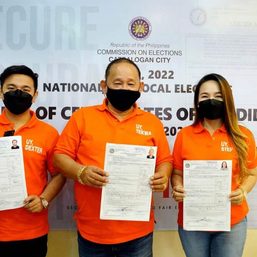
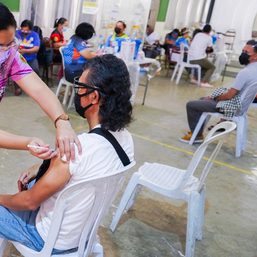



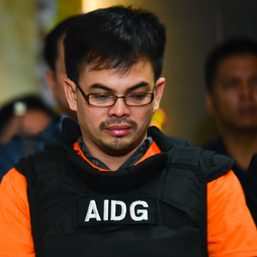




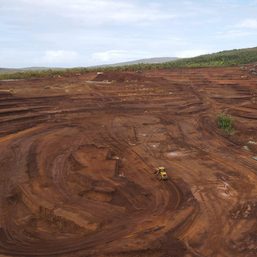
![[OPINION] Steps the Philippines can immediately take to reduce road casualties](https://www.rappler.com/tachyon/2024/05/Steps-the-Philippines-can-immediately-take-to-reduce-road-casualties.jpg?resize=257%2C257&crop_strategy=attention)
![[Rappler’s Best] Where the streets have no name](https://www.rappler.com/tachyon/2024/03/2-1.jpg?resize=257%2C257&crop=307px%2C0px%2C720px%2C720px)
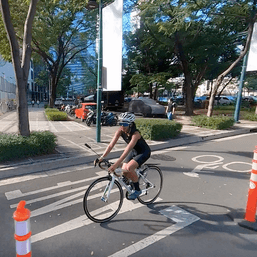
![[DOCUMENTARY] Biking 120 kilometers in Metro Manila](https://www.rappler.com/tachyon/2024/03/bike-commute-metro-manila-documentary-carousel-scaled.jpg?resize=257%2C257&crop=216px%2C0px%2C1440px%2C1440px)


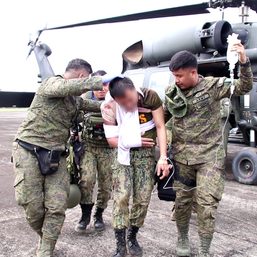

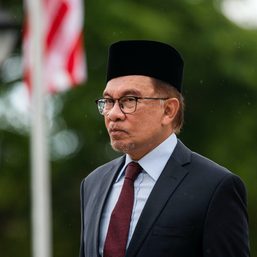



There are no comments yet. Add your comment to start the conversation.